Beautiful carafe in blown and partially satin-finished glass. The finely ribbed pear-shaped body is adorned with a yellow opaline spiral band embedded in the glass. The side handle, delicately twisted, imitates a knotted rope. It coils around the neck and rests on the body via applied floral pads. A secondary cord forms a decorative hot-applied loop.
This rare model features an internal ice reservoir, blown within the body, allowing liquids to be chilled without dilution — a subtle invention characteristic of refined Belle Époque tableware.
This typology emerged at major international exhibitions from the 1870s onward, notably in Paris and Vienna, where Murano glassmakers showcased their technical ingenuity by reinterpreting historical forms with virtuosity. The combination of satin-finished opaline glass, twisted filigree, and double-wall blowing exemplifies the neo-Renaissance revival promoted by firms such as FRATELLI TOSO and SALVIATI.
Similar pieces are occasionally attributed to the house of BACCARAT, due to the presence of ice-pocket jugs in their catalogues around 1900. However, the use of satin-blown glass, hot-applied elements, and the decorative language of this piece clearly rules out that hypothesis, and instead confirms a Venetian origin — most likely from Murano.
Two ewers bearing a striking resemblance to ours are preserved in the heritage collections of the BACCARAT manufactory[1], and were presented at the exhibition Baccarat, The Legend of Crystal at the Petit Palais[2].
[1] Broc à glace, c.1860. Clear blown crystal, hot-formed pouch, twisted handle. H.27.2 cm. Baccarat, heritage collection.
Broc à glace, Paris Universal Exhibition, 1867. Pink blown crystal, twisted clear crystal handle. H.29.7 cm. Baccarat, heritage collection.
[2] Baccarat, la légende du cristal, Petit Palais, Musée des Beaux-Arts de la Ville de Paris, 15 October 2014 – 4 January 2015.
Height: 30 cm.
No maker’s mark. Attributed to MURANO workshops.
Condition report
Excellent condition. No chips or cracks.







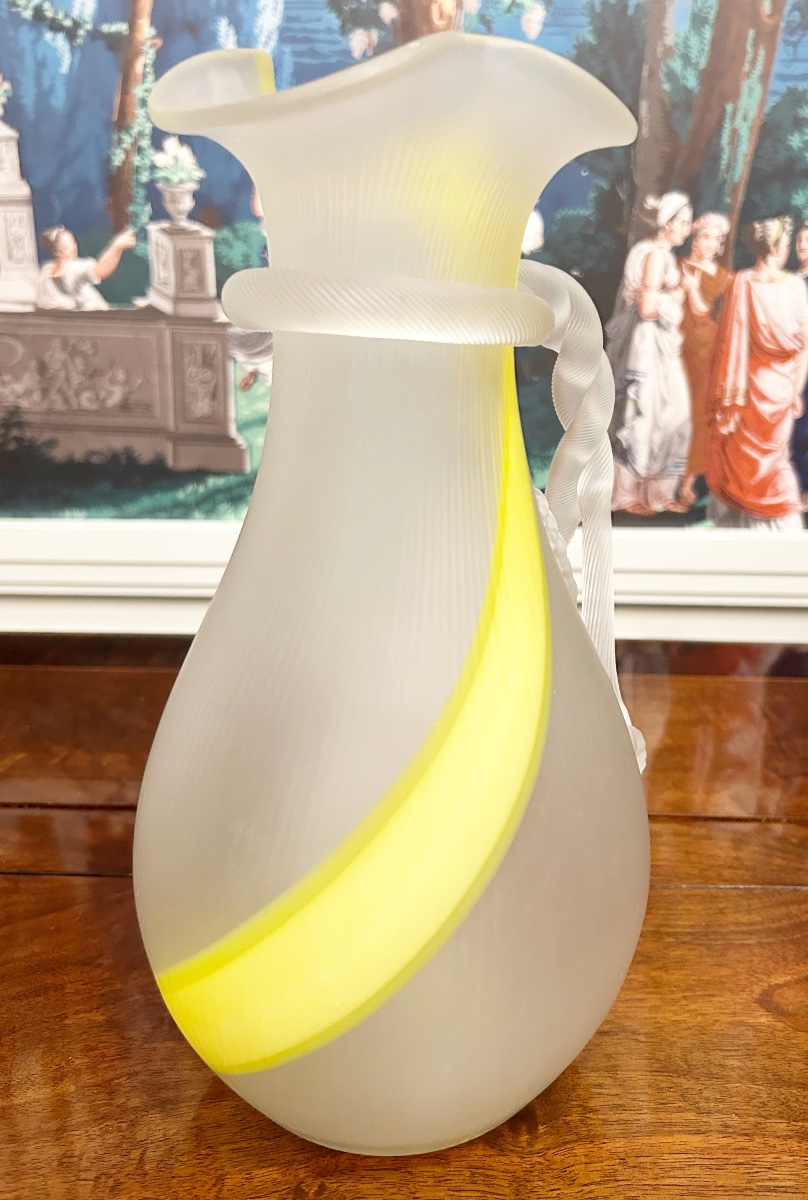












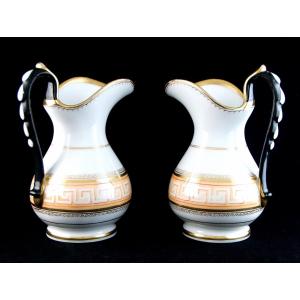


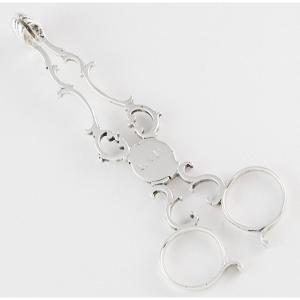


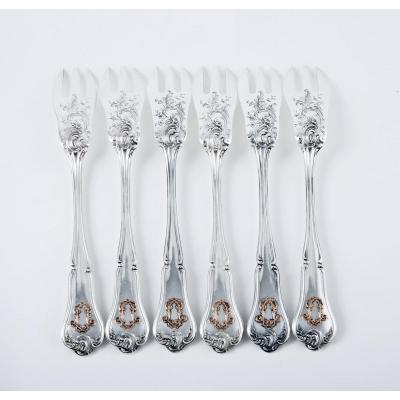

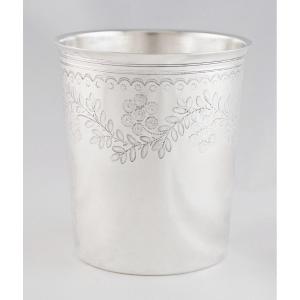
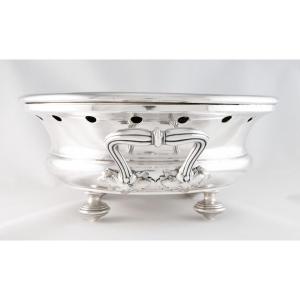



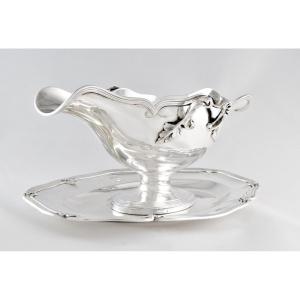

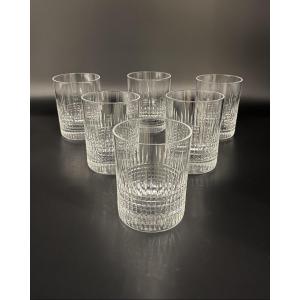







 Le Magazine de PROANTIC
Le Magazine de PROANTIC TRÉSORS Magazine
TRÉSORS Magazine Rivista Artiquariato
Rivista Artiquariato